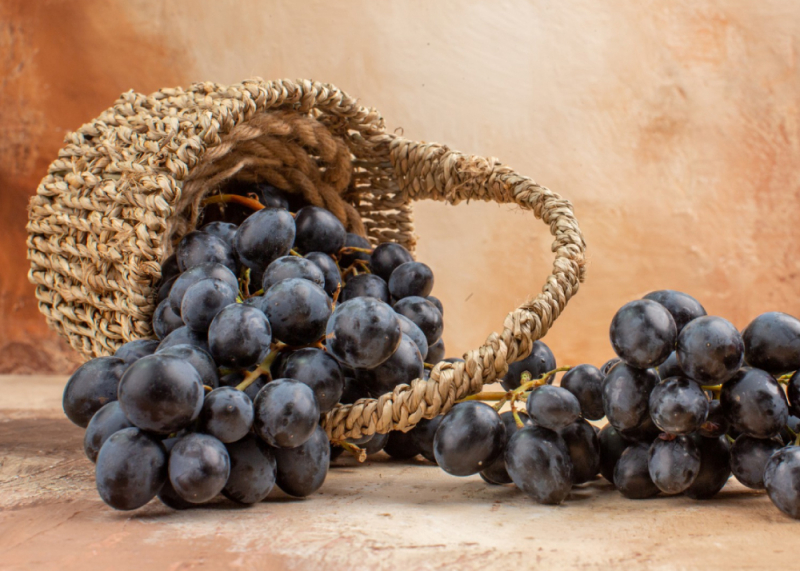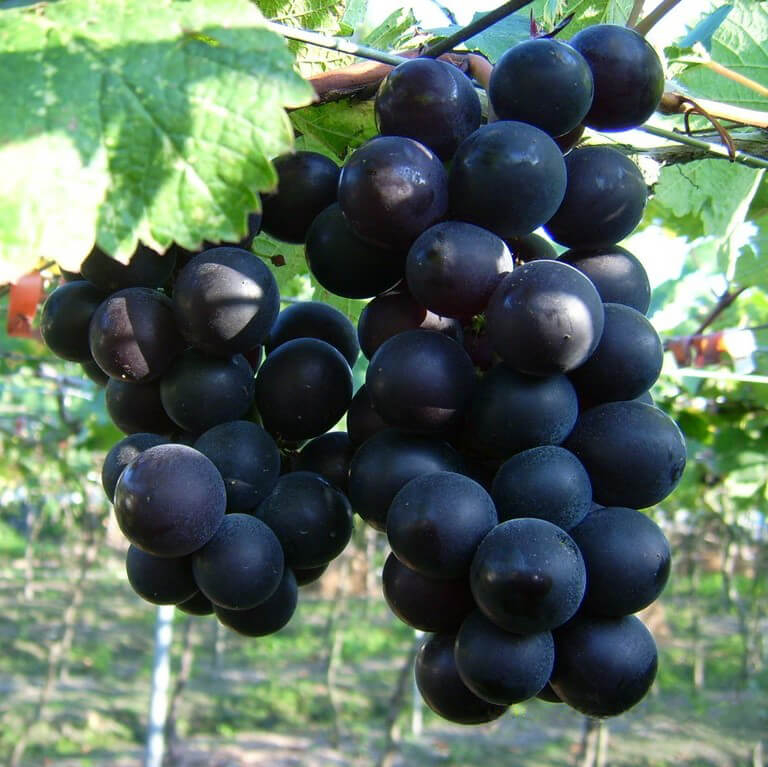Kyoho Grapes
Kyoho grapes were initially grown in Shizuoka Prefecture in 1937, but it wasn't until 1946 that they were given their current name. Because of their large size and tasty flesh, they are popular in Japan, Taiwan, mainland China, and Korea. The juice is used to make cheap drinks, and they are traditionally served peeled as a treat.
In East Asia, Kyoho grapes are a fox grape (Concord-like) cross. The fruits are blackish-purple or virtually black in color, with huge seeds and luscious flesh that contains a lot of sugar and has a little acidity. Yasushi Ohinoue, a Japanese viticulturist, created the variety in the 1930s and 1940s by crossing the Ishiharawase and Centennial grape kinds. Kyoho, like Concord, is a slip-skin type, which means the fruit's skin may be readily detached from the flesh. The seeds are bitter, and the skin isn't usually consumed. The grape retains some of the Concord grape's flavor characteristics, which are familiar to customers from the taste of most grape jellies and Concord grape juice.
Anthocyanins, colored substances found in the flesh and skin of Kyoho grapes, give antioxidant-like abilities to protect cells from free radical damage, as well as vitamin C, which helps to reduce inflammation and boost the immune system.












